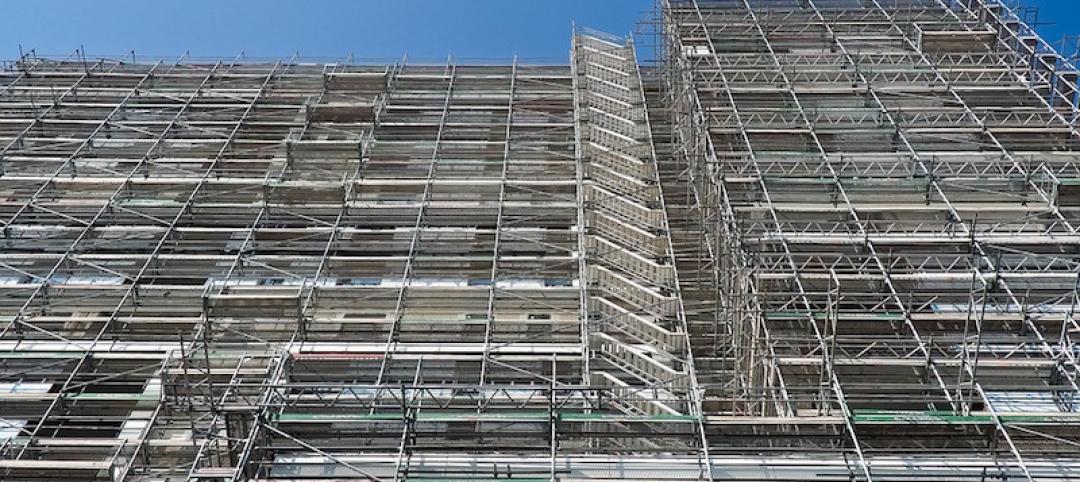The Passive House standard will become the base building code for commercial construction, and is having influence in the residential arena, according to some industry observers.
Critics have questioned whether Passive House makes sense on certain commercial and institutional applications such as multi-family and college housing. If occupants are not committed to saving energy, they argue, the benefits of the standard could be negated. If residents leave lights on and windows open, for example, the premium to build to the standard would not pay off.
Nevertheless, proponents say building with continuity in the thermal barrier makes a building more likely to prove its value in the long run. Furthermore, up to 30% of greenhouse gas emissions could be eliminated is Passive House standards are implemented widely.
One advocate said there is an average premium of about 5% in construction costs—a figure that is likely to decline. In a possible sign of things to come, Massachusetts has already included PHIUS+2015 standards as an alternative compliance path to prescriptive requirements in the 2015 International Energy Conservation Code. Other states are expected to follow suit.
Related Stories
Codes and Standards | Jun 30, 2017
AAMA releases new document on aluminum fenestration and energy efficiency
The free download addresses entrances, storefront framing, curtain walls, windows and skylight fenestration systems.
Codes and Standards | Jun 29, 2017
Fire codes prevent cladding used on Grenfell Tower from being used in U.S.
Reports suggest an extra $6,300 for fire-resistant cladding could have prevented the tragedy.
Codes and Standards | Jun 28, 2017
Minimum Design Loads and Associated Criteria for Buildings and Other Structures, Standards ASCE/SEI 7-16, has been updated
The document is used for determining design loads including dead, live, soil, flood, tsunami, snow, rain, atmospheric ice, earthquake, wind, and fire.
Codes and Standards | Jun 27, 2017
Cold-formed steel framing engineering guide for building projects released
Better sound attenuation for subfloors and exterior continuous insulation are among the matters addressed.
Codes and Standards | Jun 26, 2017
L.A.’s new ordinance requires energy and water efficiency benchmarking
Structures 20,000 sf and larger must demonstrate steps to boost efficiency.
Codes and Standards | Jun 21, 2017
World Green Building Council: All buildings must be net zero by 2050 to avert 2°C rise
Building efficiency essential to tempering global climate change.
Codes and Standards | Jun 21, 2017
Senate bill would prohibit tax money for sports stadium projects
Bipartisan legislation would prevent use of municipal bonds by pro teams.
Codes and Standards | Jun 19, 2017
Developer, architect hit with $10 million construction defect verdict
Case pertained to construction of condo development that was not fire code-compliant.
Codes and Standards | Jun 19, 2017
Green building advocates erect icehouses on Penn. state capitol steps to make point on codes
State’s codes have not been updated since 2009.
Codes and Standards | Jun 15, 2017
Cornell Tech unveils plans to reach Net Zero at The Bloomberg Center
Campus plans include photovoltaic arrays and geothermal ground source heat pumps.

















